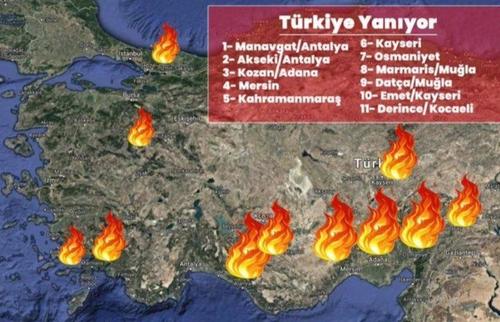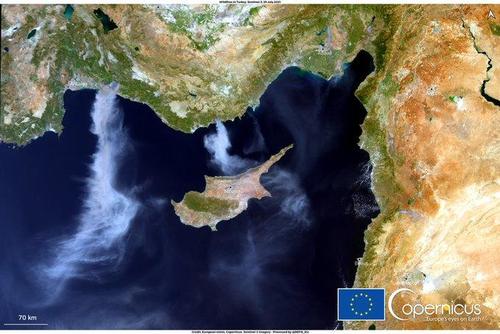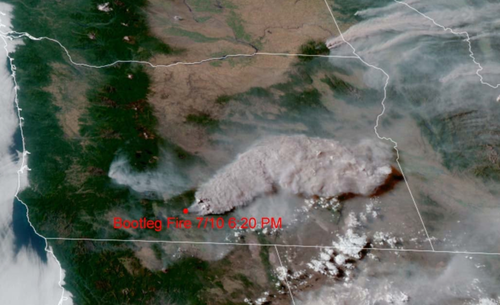One of the other effects of climate change is heavier rains and devastating floods. Recent floods in Germany were caused by rains characterized as once-in-a-millennium, rains which, for example, killed more than 200 people and caused $1.5 billion in damage to the German railway network. But, of course, statements about once-in-a-fill-in-the-blank rains or droughts seem less and less relevant in the age of climate change as what we call extraordinarily destructive weather just morphs into “the weather.”
Once-in-a-millennium rains also visited parts of China recently dumping in just three days an entire year’s rainfall on one town of 12 million.
The infrastructure we have built and the way we work and live are simply not designed for these extremes. Our systems are breaking down under the pressure of climate-change-induced extreme weather.
But the scariest thing is that all of the incidents I cited above could happen all over again next year and the next year and the next after that in the same places as extreme weather worsens and becomes just “weather.” In California, 2020 marked the worst fire season ever in the state. But 2021 is now on pace to be even worse.
…click on the above link to read the rest of the article…

























